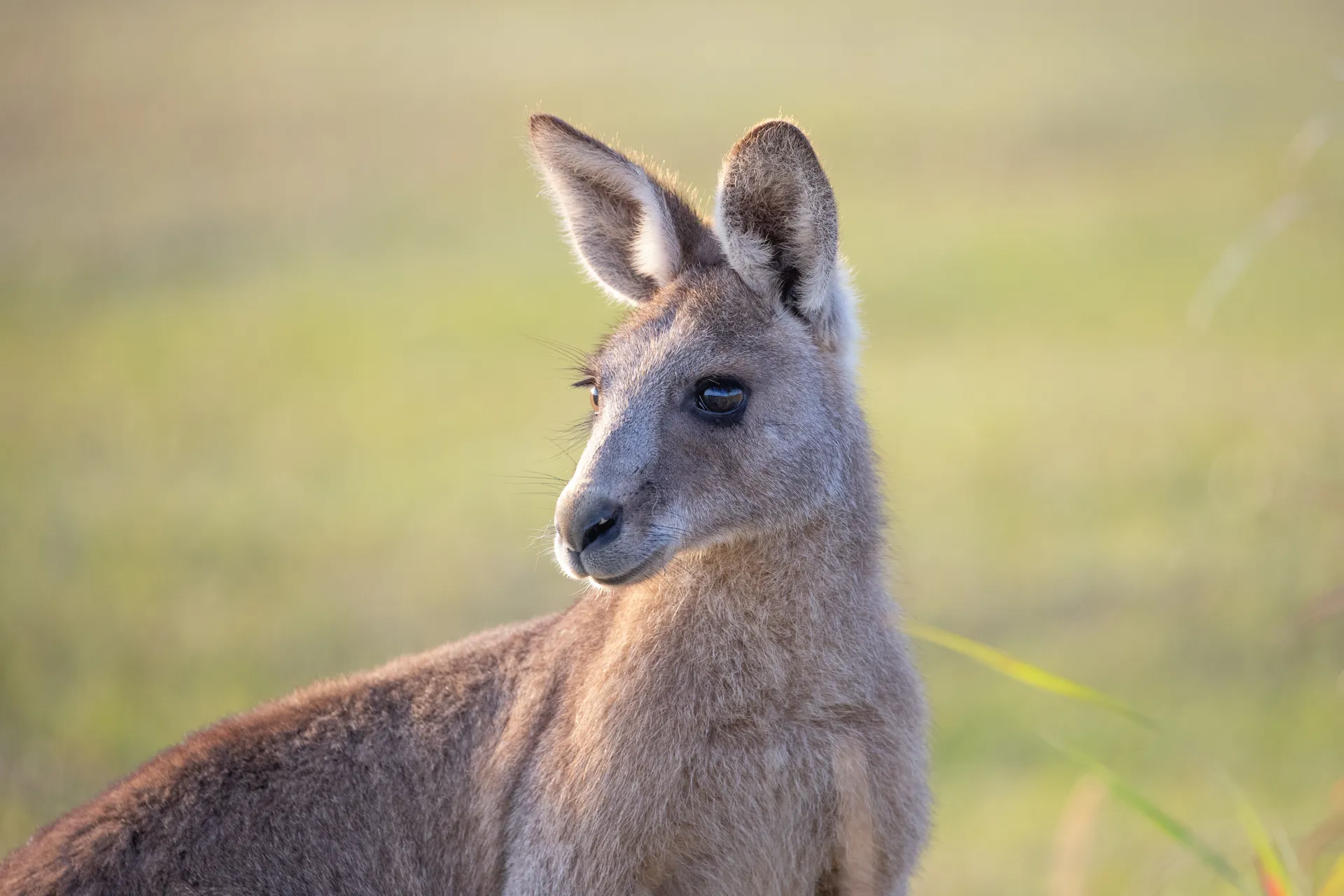
Image credit: Julie O'Connor

A plan to protect our macropods
Creating a safer place to live for kangaroos, wallabies and pademelons.
Sunshine Coast residents and visitors place a high value on the region’s natural assets and unique lifestyle. The Sunshine Coast is recognised for its rich biodiversity and an outcome of our Environment and Liveability Strategy is to ensure that our native plants animals and habitats are healthy, resilient and valued by the community.
As our population continues to grow, it is important that our natural ecosystems and the native plants and animals they support are preserved.
Macropods, particularly the eastern grey kangaroo, are an iconic native species in eastern Australia and on the Sunshine Coast we are fortunate to have nine macropod species:
- Eastern grey kangaroo
- Swamp wallaby
- Whiptail wallaby
- Black-striped wallaby
- Red-necked wallaby
- Red-legged pademelon
- Red-necked pademelon
- Long-nosed potoroo
- Eastern bettong.
To help conserve these species and ensure sustainable populations continue to thrive on the Sunshine Coast, Council adopted a Macropod Conservation Plan in August 2023. The plan's focus is on the seven larger macropod species (1-7 listed above) that are found within our urban and peri-urban areas. The plan includes a range of actions under four Desired Outcomes:
- Management is evidence based and informed by contemporary research and knowledge of Sunshine Coast macropod populations.
- Planning and development assessment processes and supporting guidelines are in place to support the protection of macropods and their habitat.
- The impacts of threatening processes on macropods in the Sunshine Coast local government area are understood and minimised.
- A landscape approach to macropod conservation is achieved through advocacy, education, and partnerships with the community.
Learn more about the Conservation Plan here.
You may also be interested in
Landscape and character
Landscape and character define the essence of our region that define our identity and culture.
Biodiversity
Biodiversity is the variety of all life plants, animals, fungi and microorganisms.
6. Conserving our biodiversity
Connect and protect our habitat areas.